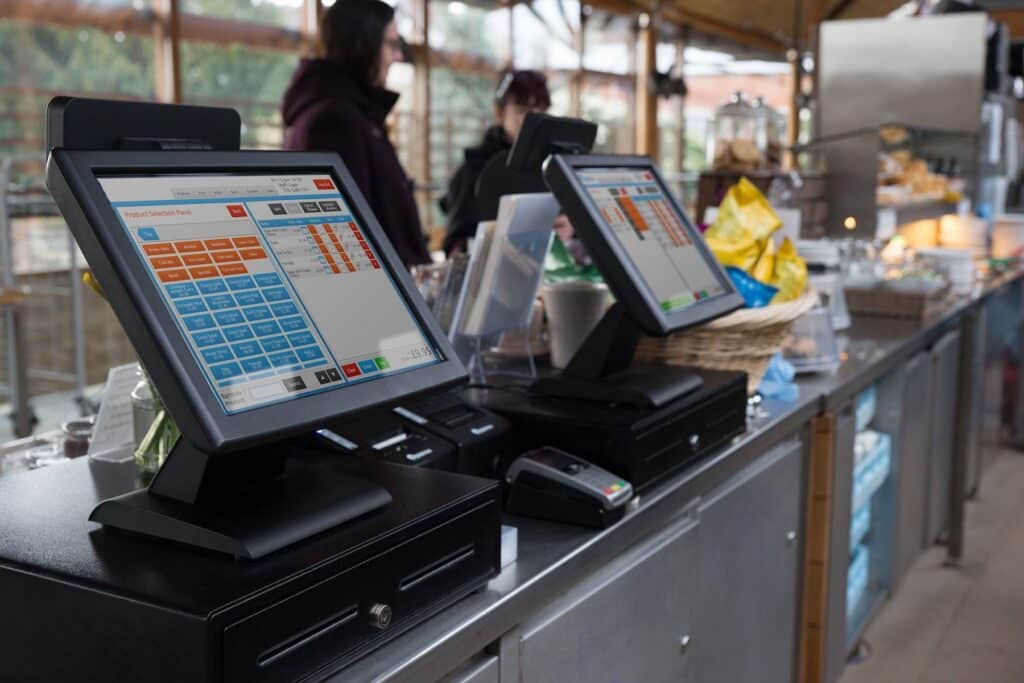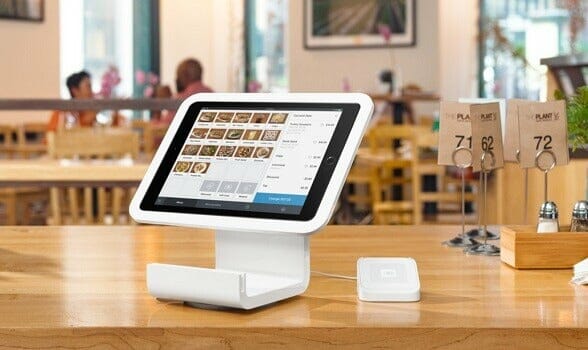Exactly How POS System Works: A Comprehensive Guide for Entrpreneurs
A POS system works as a necessary tool for modern-day companies, integrating various parts to streamline operations. It includes equipment like barcode scanners and software to buy monitoring. This system not just refines deals yet additionally manages stock and analyzes customer habits. Comprehending its functionality can greatly affect an organization's effectiveness and decision-making. What are the crucial elements that contribute to this performance? Exploring these components provides important understandings.
Recognizing the Parts of a POS System
A Point of Sale (POS) system is composed of several crucial components that interact to help with purchases and manage service operations. At its core, the hardware consists of gadgets such as a sales register, barcode scanner, receipt printer, and payment incurable, all important for refining sales (Restaurant POS Software). The software program component handles supply, sales tracking, and customer information, providing important understandings for company decisions.Additionally, data sources store deal documents and customer details, making certain information stability and safety. Network connectivity enables real-time updates and accessibility to cloud-based solutions, improving operational efficiency. Interface, created for ease of use, permit personnel to navigate the system quickly, reducing training time. With each other, these parts produce a cohesive system that simplifies the sales process, improves customer support, and aids in reliable administration of business sources. Recognizing these components is important for entrepreneur seeking to enhance their POS systems
Exactly How Sales Deals Are Refined
When a customer determines to make a purchase, the sales purchase starts a collection of methodical steps within the POS system. First, the cashier inputs the products being bought, which are scanned with a barcode viewers or manually gone into. This activity fetches product information, including prices and relevant taxes, from the system's database.Next, the customer exists with the total quantity due. The POS system after that refines the repayment, whether with cash money, charge card, or mobile repayment methods. For electronic repayments, the POS securely interacts with payment processors to accredit and verify the transaction.Once the payment is validated, the system creates an invoice, which can be published or sent electronically. This receipt offers as receipt for the customer. The transaction information is videotaped in the system, ensuring precise sales records and monetary monitoring for the organization.
Inventory Monitoring and Monitoring
Efficient inventory management and monitoring are vital components of a POS system, as they guarantee that organizations keep suitable supply levels and reduce discrepancies. A robust POS system allows for real-time inventory updates, mirroring sales and returns immediately. This enables local business owner to monitor supply degrees precisely, ensuring that popular things are easily available while avoiding overstocking of much less popular products.Additionally, progressed POS systems use attributes such as computerized supply notifies and reorder ideas, improving the purchase process. Barcoding and RFID innovation enhance precision in tracking supply motion, decreasing human error. Considerable coverage tools provide understandings into inventory turnover rates, aiding organizations make educated choices regarding acquiring and item offerings. Inevitably, efficient stock management through a POS system not just improves functional effectiveness yet likewise enhances consumer fulfillment by guaranteeing item accessibility.

Analyzing Client Information and Insights
Consumer information analysis acts as my response an effective device for organizations utilizing a POS system. By collecting and checking out purchase information, organizations can discover useful insights about customer actions and choices. This evaluation enables them to identify acquiring patterns, peak purchasing times, and preferred items, therefore informing stock choices and advertising strategies.Additionally, companies can segment their consumer base, enabling customized marketing initiatives that provide to particular demographics or purchasing habits. Recognizing client loyalty patterns also helps in developing targeted promotions and rewards programs.The information amassed from a POS system can additionally disclose understandings right into client feedback, enabling services to make informed choices pertaining to item offerings and service enhancements. Ultimately, leveraging client data successfully can improve the total purchasing experience, foster consumer complete satisfaction, and drive income development.
Benefits of Applying a POS System
Carrying out a POS system supplies countless advantages that can considerably improve service procedures. To start with, it enhances purchase procedures, lowering delay times and improving customer complete satisfaction. By automating sales processes, companies can minimize human error and guarantee accurate record-keeping. Additionally, a POS system offers useful data analytics, making it possible for proprietors to track sales trends and stock degrees in real-time. This understanding sustains educated decision-making, helping to enhance stock monitoring and marketing strategies.Moreover, numerous POS systems incorporate with various other organization visit this page devices, such as accounting software application, simplifying economic monitoring. Enhanced employee administration functions, such as tracking hours and efficiency, additional add to operational efficiency.Lastly, the application of a POS system can cause enhanced profits with improved customer experiences and strategic insights, eventually cultivating service development and sustainability.
Often Asked Inquiries
What Kinds Of Organizations Can Gain From a POS System?

How Much Does a POS System Normally Cost?
The price of a POS system normally varies from a couple of hundred to several thousand dollars, depending upon this article functions, hardware, and software application - Restaurant POS Software. Businesses have to take into consideration recurring costs for maintenance, assistance, and purchase processing when budgeting

Can I Incorporate a POS System With Existing Software?
Incorporating a POS system with existing software program is typically practical. Numerous systems supply APIs or built-in compatibility functions, permitting organizations to streamline procedures and boost functionality by connecting different software applications successfully.
What Training Is Required for Personnel to Make Use Of a POS System?
Educating for personnel to use a POS system typically includes understanding software application performances, refining deals, handling supply, and handling client communications - Restaurant POS Software. Practical presentations and hands-on practice enhance efficiency and self-confidence in operation the system successfully
What Happens if the Internet Drops While Making Use Of a POS System?
If the web decreases during POS system usage, transactions might be disrupted. Lots of systems supply offline capabilities, enabling fundamental operations to proceed, however complete capability, including real-time inventory updates, will be restricted.